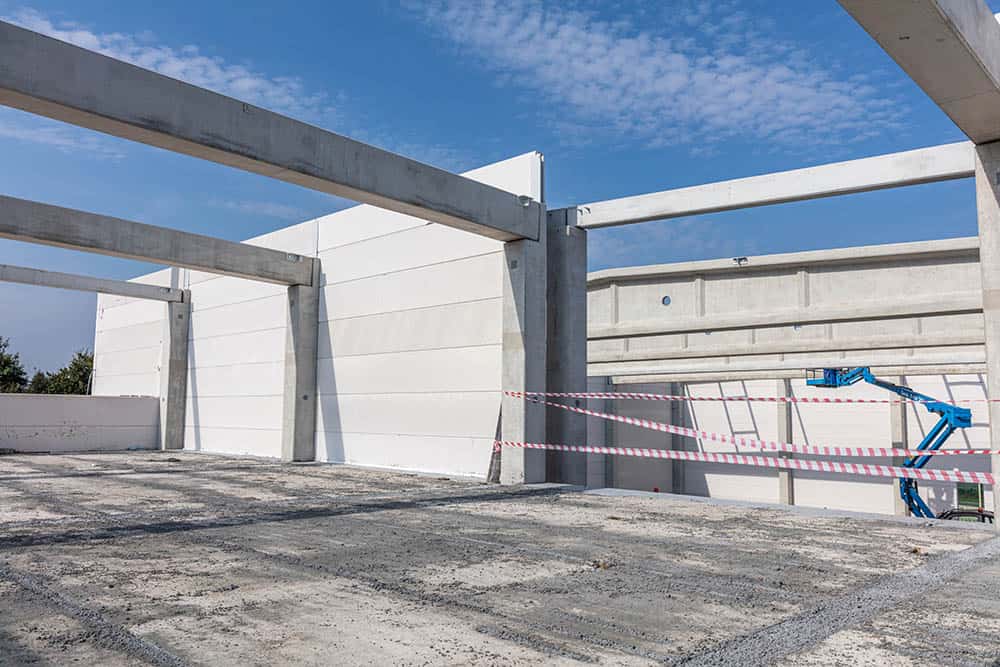RAAC: Problems in the traditional manufacture
In recent years, significant concerns have emerged regarding the use of Reinforced Autoclaved Aerated Concrete (RAAC) in the construction of public buildings across the UK, spanning from the 1950s to the 1990s. RAAC, initially favoured for its lightweight nature and thermal efficiency, is now under scrutiny due to alarming revelations about its long-term structural integrity and associated health risks. These revelations have had a particularly profound impact on schools, hospitals, and other institutions, necessitating a comprehensive reassessment of the safety and viability of structures built with this material.
The Problems with RAAC
The use of RAAC in various construction applications was once widespread, credited for its ease of installation and cost-effective benefits. However, its structural weaknesses have recently come to light, prompting concerns over the safety of buildings that incorporate this material, especially those with a significant public presence like educational and healthcare facilities. The issue has been further complicated by the challenges in identifying and assessing the condition of RAAC in existing structures, combined with the urgent need for remediation or replacement to ensure the safety of building occupants.
The primary concerns with RAAC include its susceptibility to moisture absorption due to high porosity, leading to mould growth and deterioration. This characteristic compromises both the insulation properties and structural integrity of RAAC. Furthermore, the material’s lightweight nature, while initially an advantage, has become a liability, as it is prone to cracking, surface damage, and in some instances, complete failure. These risks are exacerbated by the difficulty in accessing, surveying, maintaining, and replacing RAAC structures, especially those used in roofing. Another significant issue is the potential presence of asbestos in older RAAC materials, necessitating costly and complex remediation processes.
An Evolving Industry in Temporary Structures
This evolving situation underscores the need for more resilient and reliable construction alternatives. One already popular alternative to traditional building methods is the use of temporary structures. Temporary buildings from Instant Space offer a safer and more sustainable alternative. These structures utilise well-understood and commonly used materials like steel and PVC in their construction. Steel, known for its strength, durability, and recyclability, provides a robust framework for these temporary structures. PVC, used for roof covering and insulation purposes, is lightweight, weather-resistant, and offers excellent thermal properties. The use of these materials not only ensures structural integrity and longevity but also minimises potential health risks associated with older construction materials like RAAC and asbestos, while also being especially quick to deploy.
Conclusion
In light of the issues presented by RAAC, Instant Space’s steel and PVC temporary structures emerge as a pioneering solution for most industries that require additional space. This strategic choice mitigates the risks associated with traditional materials and exemplifies a forward-thinking approach to safety and sustainability. By integrating these robust and environmentally friendly materials, Instant Space not only addresses the immediate structural requirements of various institutions but also paves the way for future innovations in construction. This commitment to advancing safe and sustainable building practices makes Instant Space a leader in the industry, offering dependable and adaptable solutions for a rapidly changing world.

